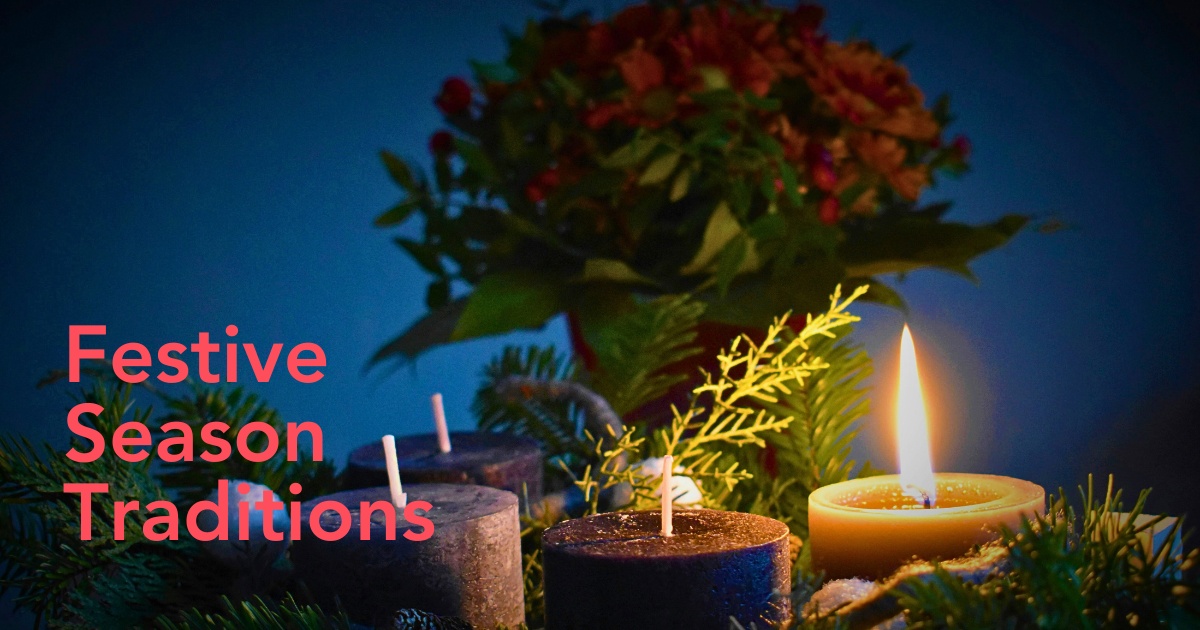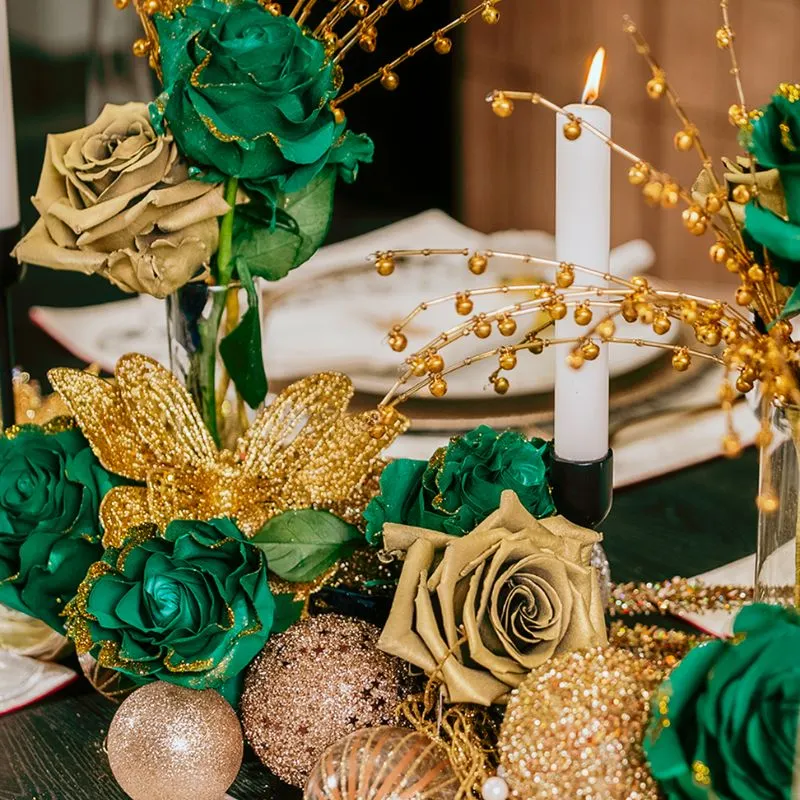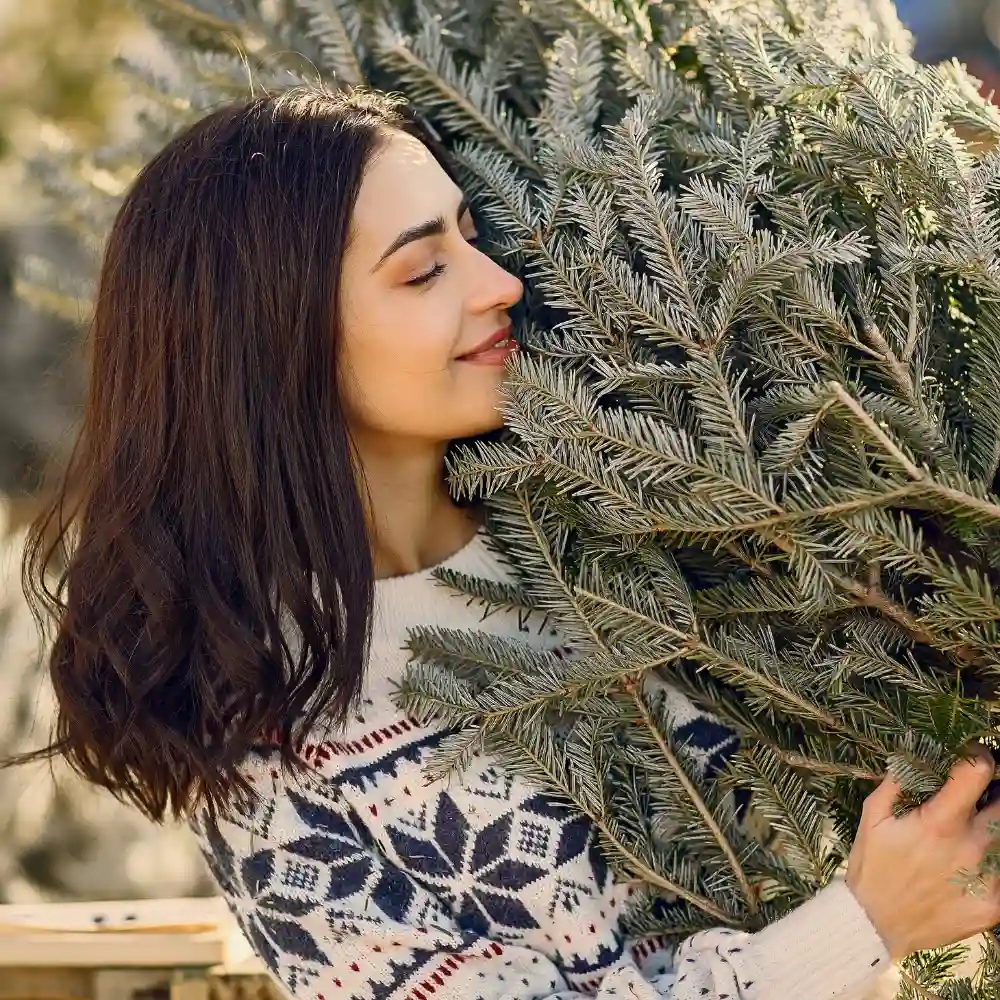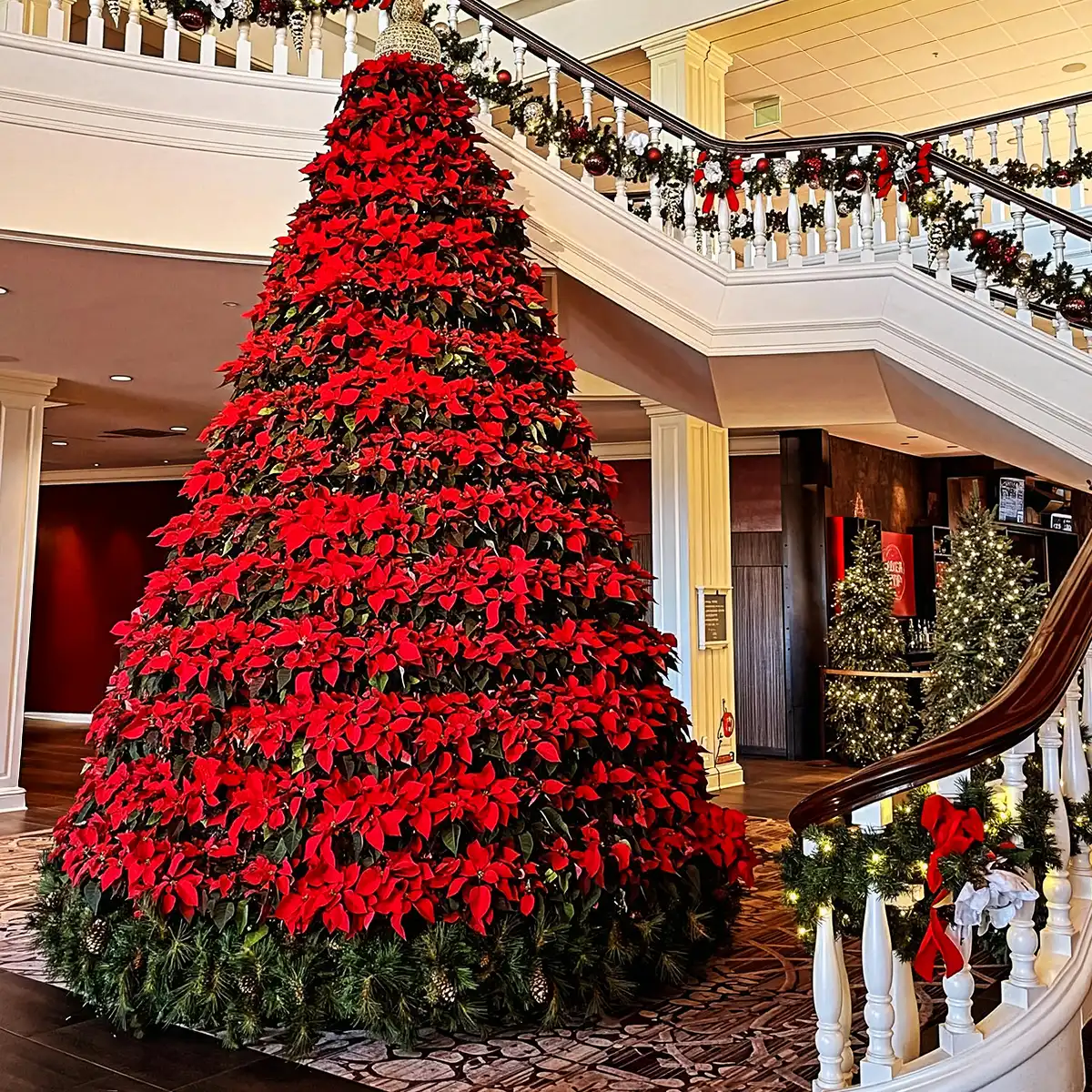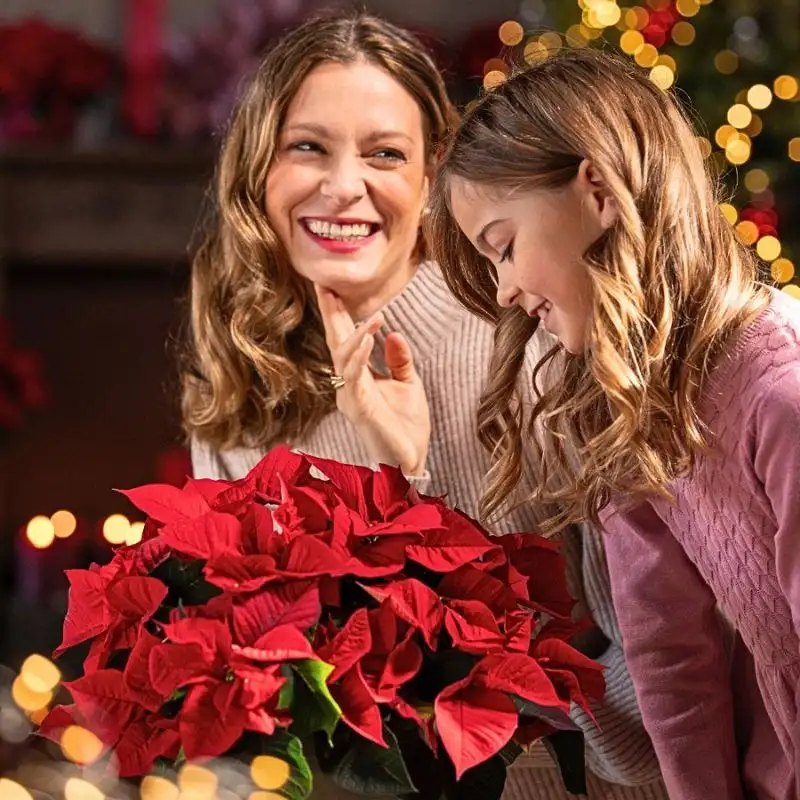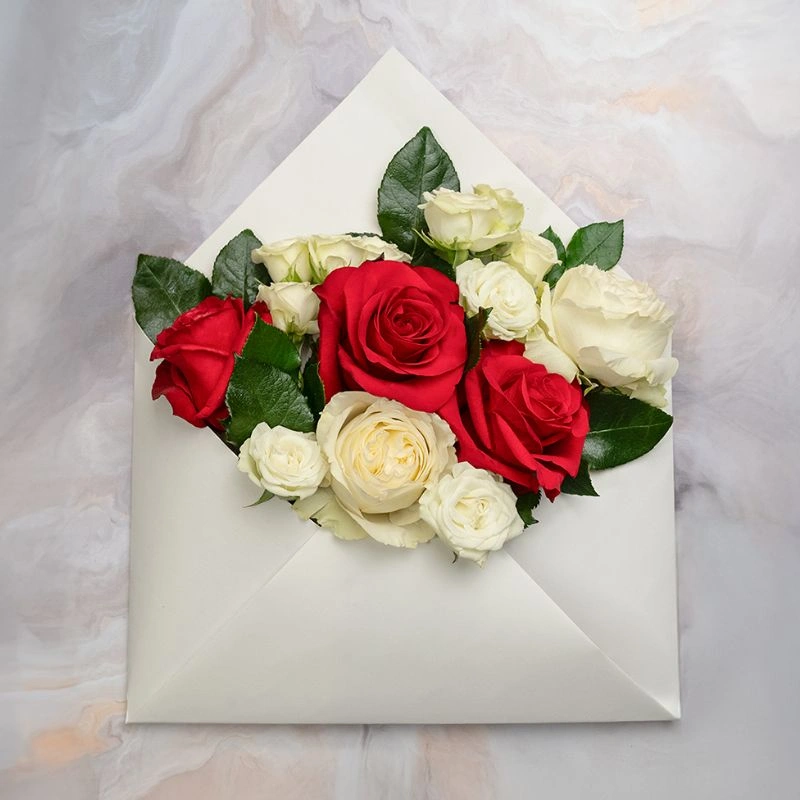Christmas is, indeed, a time of celebration. Rich cultural traditions often accompany these festivities. Flowers play an essential role in enhancing this festive spirit. While varieties such as evergreens, holly, and Poinsettias (some of the most popular Christmas plants) are most commonly associated with Christmas, there are other distinctive and ideal holiday floral arrangements, and customs observed at that time.
In many of these festive traditions, flowers are not merely decorative elements but also channels for conveying the occasion's meanings and symbolism. They add to the essence of the festivities. From different corners of the world, people incorporate them into these settings to enhance the mood of the season and highlight the importance of the celebrations involved.
Which Are These Unique Christmas Floral Traditions?
Among the Christmas traditions observed worldwide, diverse floral cultures ascribe meaning to the festive season. Flowers generally play a central role in achieving the desired Yuletide outcomes.

So, here are 10 unique, fascinating, and interesting Christmas-time customs and traditions that you will definitely find interesting to know about.
1. Germany: Advent Wreaths With Evergreens and Flowers
Making the Advent wreath is a long-standing tradition in Germany that remains popular today. The wreath is typically a circular arrangement of evergreens, set horizontally, with candles arranged around it. The addition of flowers, such as red and white roses, in the wreath symbolizes the purity and joy of the season. Its circular shape represents God's everlasting love, and evergreens also signify a love that never dies. These Christmas floral arrangements are typically set up on the first Sunday of Advent (the fourth Sunday before Christmas) to begin the Advent season.
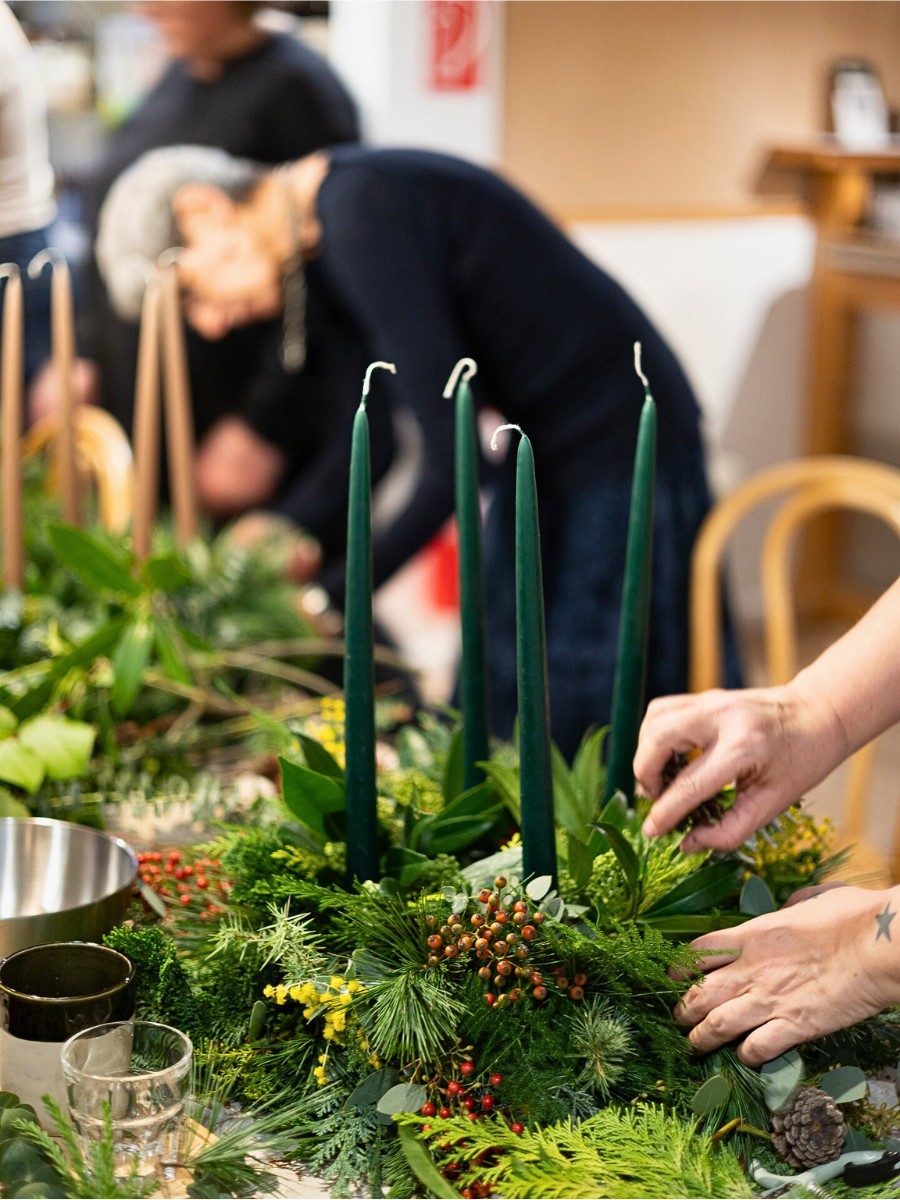
A typical Advent wreath has four candles; one for each Advent Sunday leading up to Christmas Eve. Some wreaths also feature a fifth candle in the middle, usually larger than the other four. Traditional families gather around the wreath on each Advent Sunday to light the next candle and sing Christmas carols. This had been an essential activity in the past when the Christmas tree was usually reserved for a special unveiling only on Christmas Eve. Until then, the Advent wreath provided an evergreen aesthetic in the home.
Still, yet, Switzerland (and many other European countries) has the tradition known as Adventfenster, also called the Advent Window. This tradition presents a unique way to celebrate the Christmas season. This custom involves festively decorating windows to bring light and joy to the longer days of winter. It is a community-driven event organized by local groups.
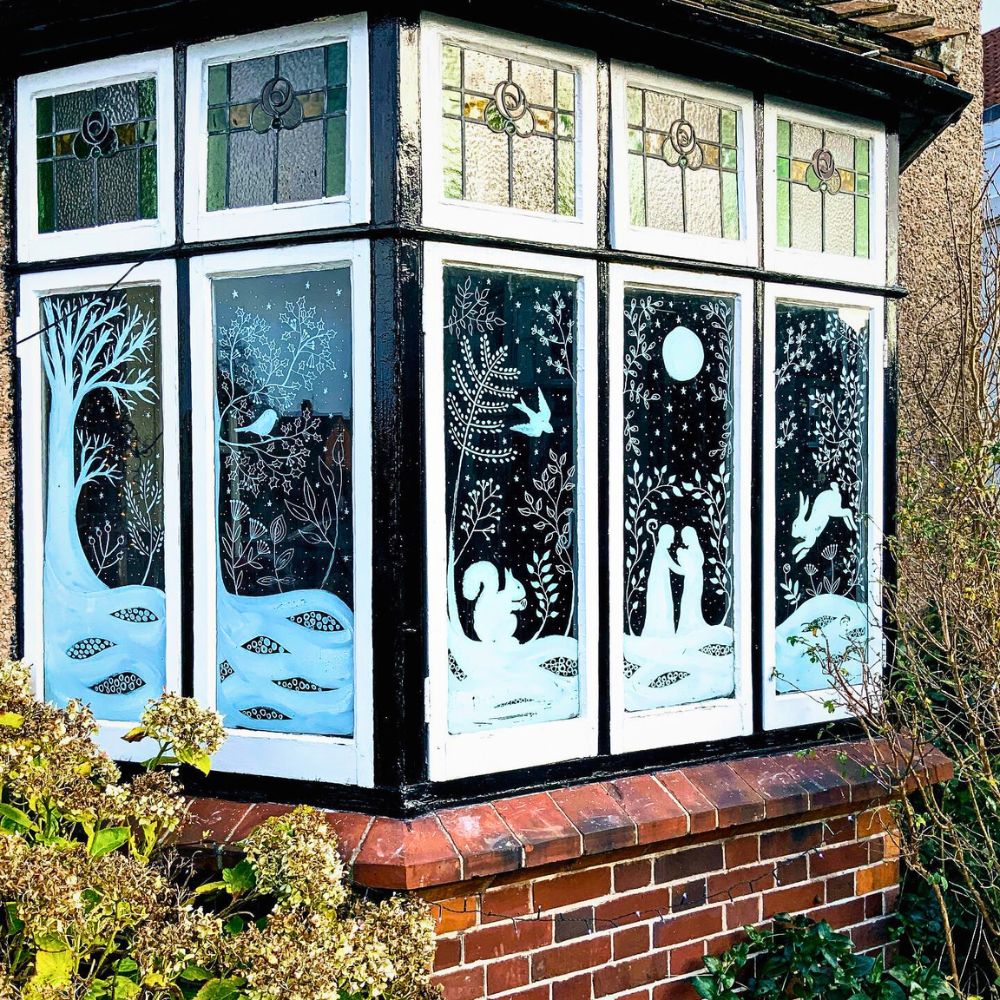
In the 24 days leading up to Christmas, 24 homes take turns presenting their creatively decorated windows. Each window opening often accompanies an open-house invitation, welcoming visitors to join in a traditional Apero of Glühwein and Gingerbread.
The Adventfenster tradition typically begins on the first day of December, with one window in a home being decorated and illuminated each day until Christmas Eve. The windows feature festive scenes often depicting the nativity story, Biblical figures, or winter landscapes. Unlike a single large display, Adventfenster unfolds over the Advent season, with a new window unveiled each day, culminating in Christmas.
The beauty of this tradition lies not only in the visual spectacle but also in its communal aspect. Families, neighbors, and even entire communities participate, transforming their homes and streets into vibrant, evolving artworks, with each window telling a small part of the Christmas story, building anticipation and shared celebration.
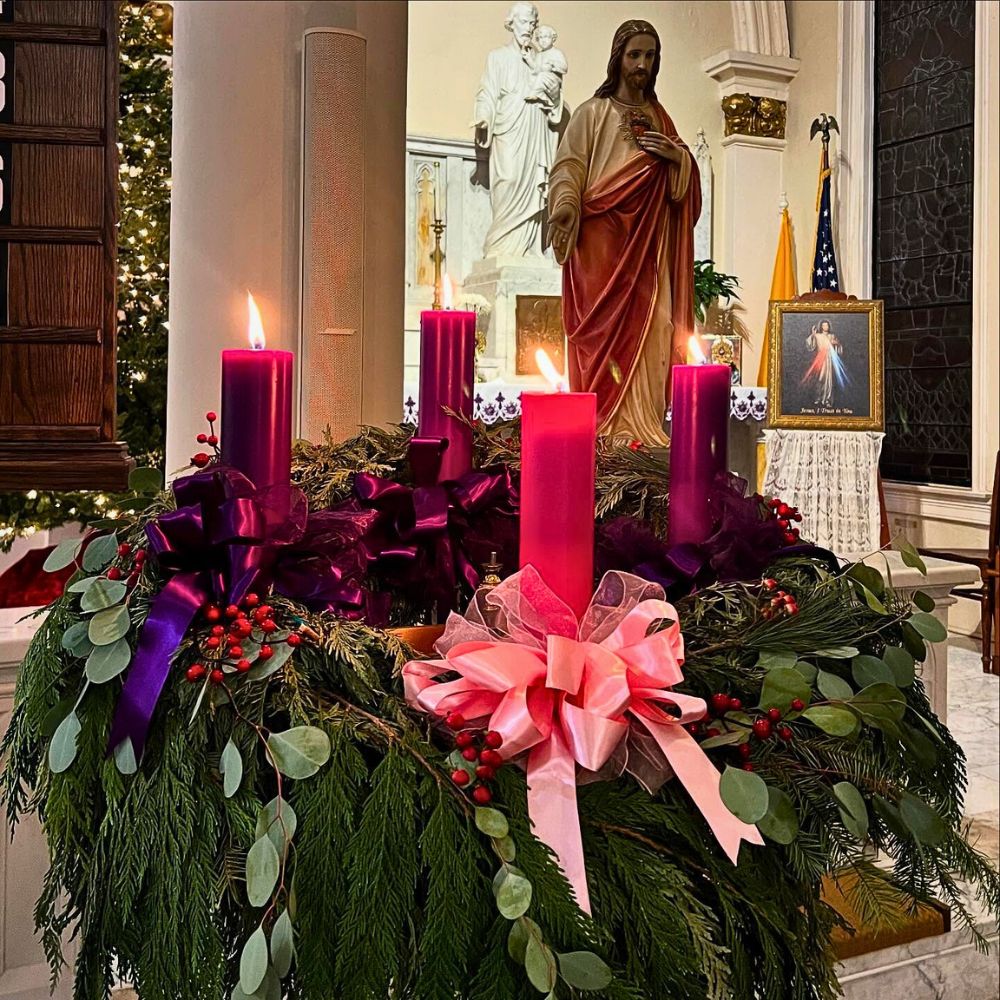
2. Ukraine: The Sparkling Spider Webs of Christmas
In Ukraine, each December, a unique Christmas tradition begins: the decoration of homes and trees with delicate spider-web ornaments. This centuries-old practice reflects the country's rich folklore and connection to the natural world. The tradition comes from the ancient Ukrainian legend of a poor widow who could not afford to decorate her family's Christmas tree. On Christmas Eve, as the story goes, spiders in the woman's home took it upon themselves to adorn the bare tree with their webs, which amazingly transformed into shimmering strands of silver and gold as the sun rose the next morning.
Ukrainians honor this tale by creating spider web ornaments to hang throughout their homes during the holiday season. Using a combination of blown glass, wire, and delicate thread, skilled artificers create elaborate designs that capture the wispy, ephemeral beauty of real spider webs. Some are miniature, the size of a silver dollar, while others stretch over a foot in diameter, their strands catching the light like prisms.
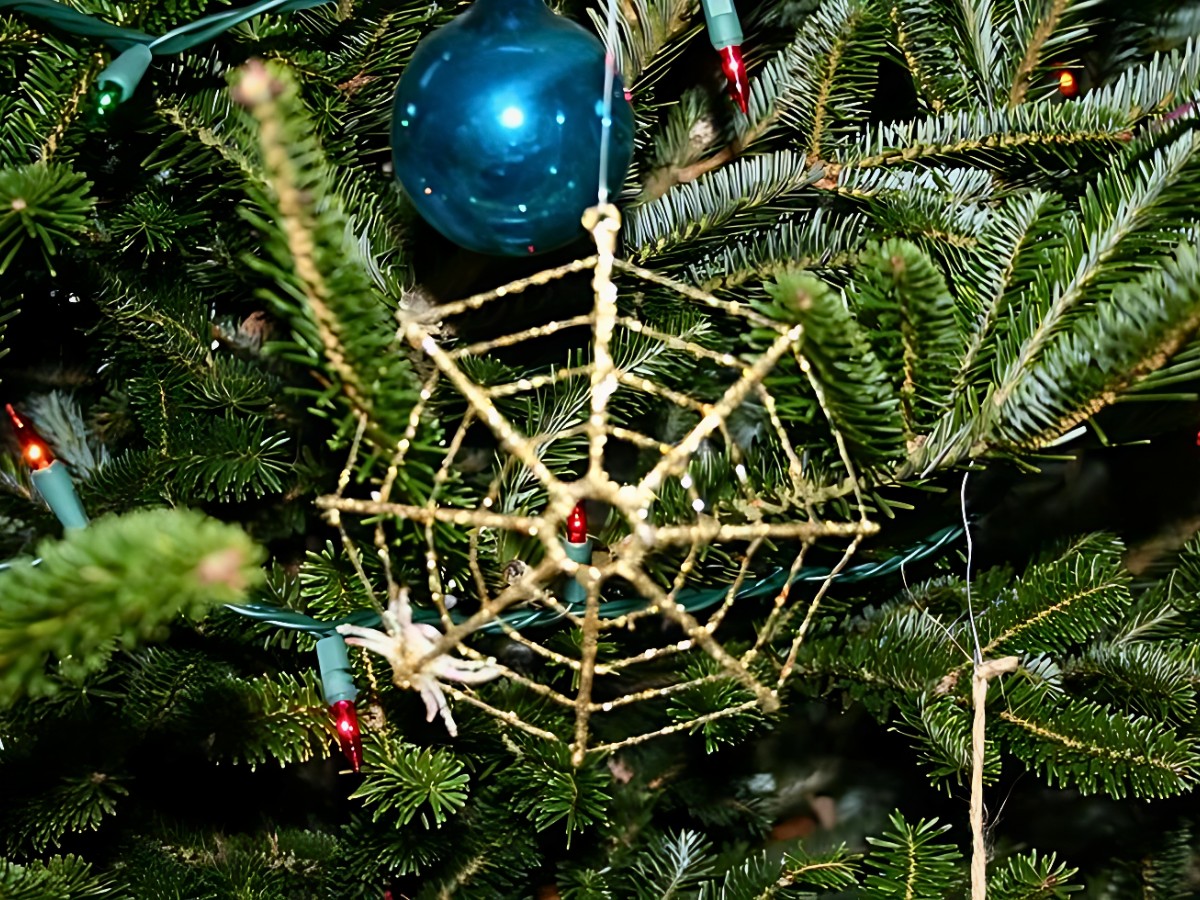
These sparkling spider web decorations have become a point of national pride, with Ukrainians often gifting them to friends and family both at home and abroad. They document Ukraine's rich cultural heritage and the magic that can arise from even the humblest of natural phenomena.
3. Mexico: Poinsettias Are the Flowers of the Holy Night
In Mexico, the Poinsettia (indigenous to the country), known as 'Nochebuena' or the 'Christmas Eve Flower', holds a special place in Christmas celebrations. Legend has it that a young girl named Pepita, who was too poor to offer a gift to Baby Jesus, was asked by an angel to gather weeds on her way to the church and place them in the Nativity setting.
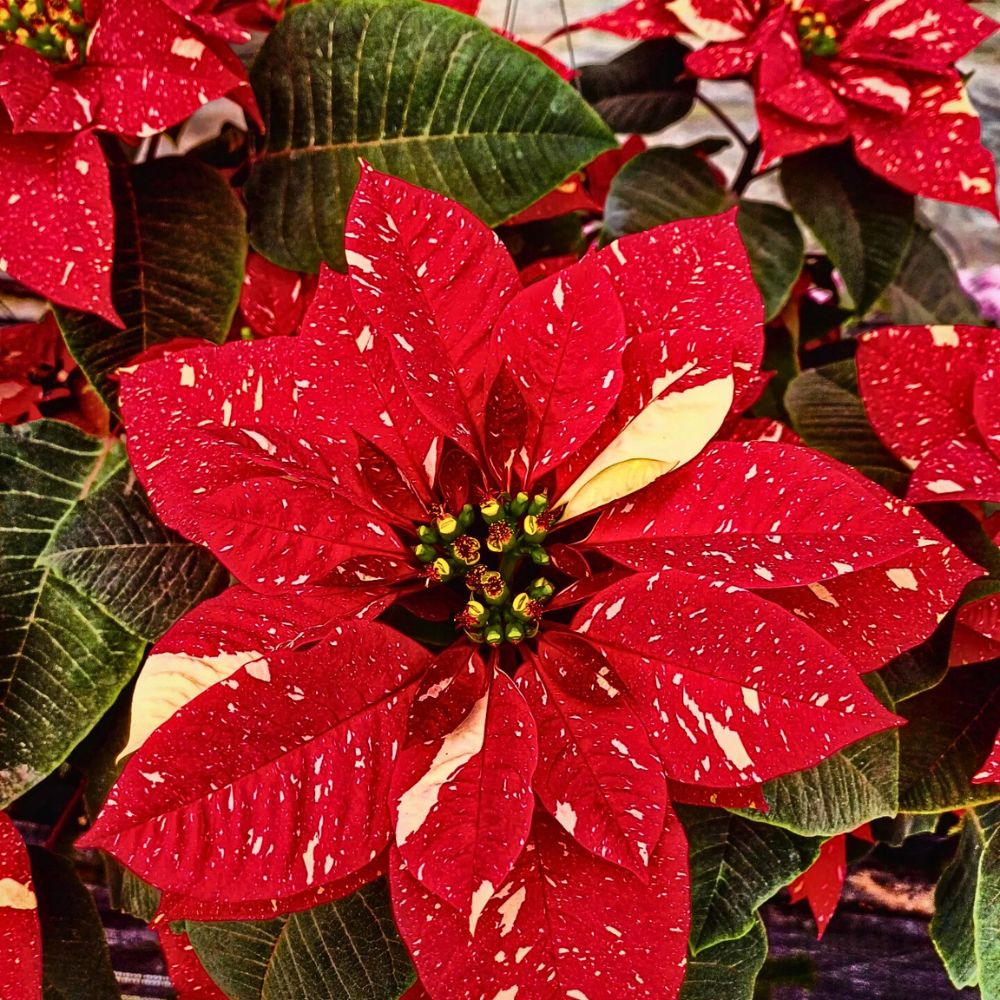
And as she placed them near the altar, the weeds miraculously turned into beautiful red flowers, which became known as 'Flores de Noche Buena,' or 'Flowers of the Holy Night'. These flowers, according to legend, were the first Poinsettias, which are now a perfect plant for the Christmas festivities. These red and green-leafed plants are now indispensable to Christmas festivities.
Today, Poinsettias are prominently displayed in homes, churches, and streets throughout Mexico during the Christmas season. Their red color is said to represent the blood of Jesus' sacrifice, while the star-shaped leaves are associated with the Star of Bethlehem. You too can create your own Poinsettia Christmas tree to celebrate the season or incorporate them into your unique Christmas floral arrangements.
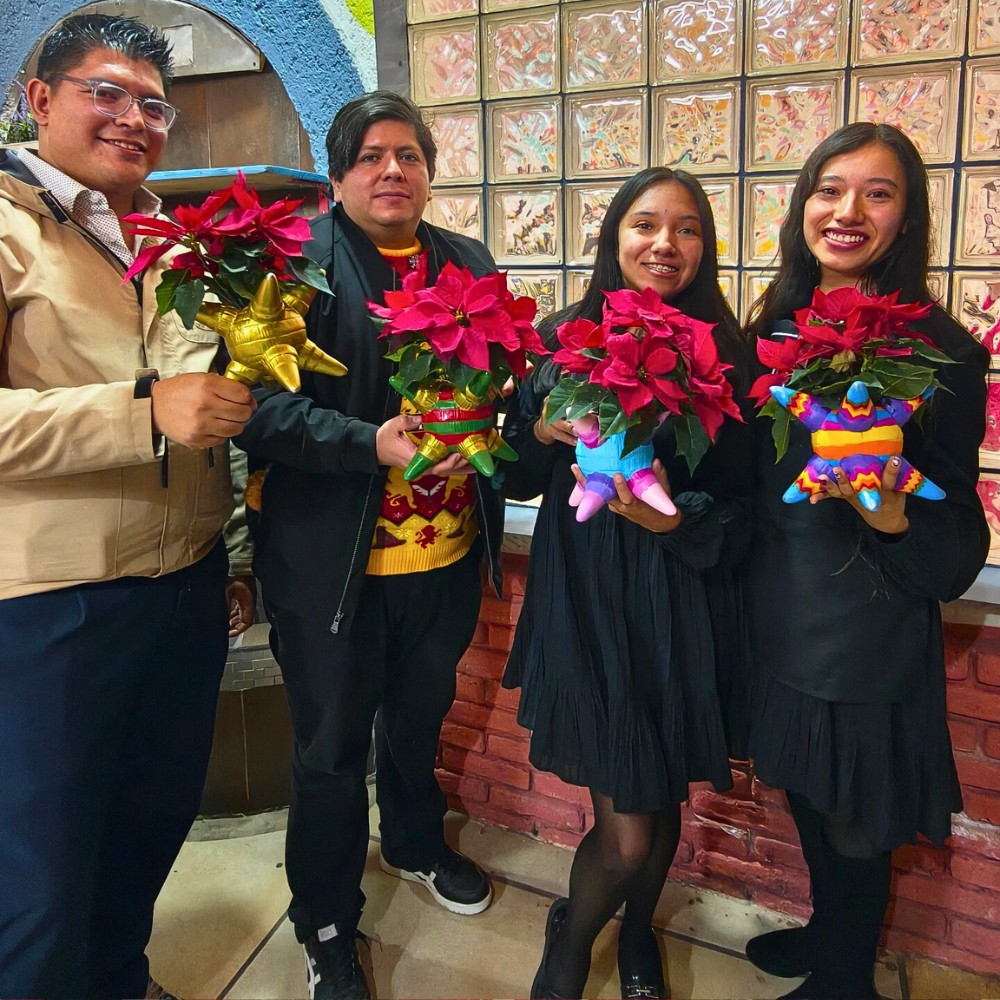
4. Sweden: St. Lucia Celebration's Candles and Lush Flowers
St. Lucia's Day is a traditional Swedish festival celebrated on December 13th every year. The festival is named after Saint Lucia, a Christian martyr who lived in the 4th century. It involves a procession of individuals adorned with flower crowns, dressed in white robes, and carrying candles.
The person leading the procession is called Lucia and wears a crown of candles on her head. The festival honors Saint Lucia, the bearer of light, and although the tradition is not exclusively focused on flowers, the presence of lush white flowers is integral to the festivities.

Participants, especially young girls dressed in white robes, wreaths with candles on their heads, carry candles or bouquets of white roses and lilies, which enhance the luminous air of the celebration. The flowers also symbolize purity, light, and hope, and the songs the participants sing are meant to spread the warmth and cheer of the season. Such songs include the famous traditional 'Sankta Lucia' song.
5. Puerto Rico: Parrandas Akin to Christmas Caroling
Parrandas are lively social events celebrated primarily in Puerto Rico, marking the Christmas season with music, food, and camaraderie. Often compared to Christmas caroling, Parranda traditions are distinct. They mainly focus on secular songs rather than religious themes. These gatherings typically occur from early December through early January, with participants known as parranderos surprising friends and family at their homes, often late at night.
The festivities begin with the arrival of a group of parranderos at a friend's house, armed with traditional instruments like the cuatro, maracas, and tambourines. The parranderos then quietly assemble outside and begin singing to surprise the home occupants. They perform aguinaldos (lively Christmas songs) that invite the homeowner to join in the celebration in a spontaneous ‘Christmas assault’ that can last until dawn, as the group moves from house to house, growing in number as they pick up more friends along the way.

Food and drink play a crucial role in Parranda celebrations. The host family often welcomes the group warmly and offers a variety of festive foods and beverages. Traditional Puerto Rican dishes such as pasteles, lechón (roast pork), arroz con gandules (rice with pigeon peas), and coquito (a coconut-based alcoholic beverage similar to eggnog) are commonly served.
This exchange of food and music promotes a sense of closeness and friendliness. After a period of singing, eating, and socializing, the hosts often join the parranderos and move on to the next house, where the process repeats. In Cuba, a different type of Parranda occurs in towns like Remedios, where it involves competitive street fairs featuring fireworks, floats, and music.
6. Japan: Orchids and Winter Illuminations
While Christmas is not a traditional holiday in Japan, it has become a festive season celebrated with great enthusiasm. Orchids, elegant and beautiful, play a significant role in the decorations for these festivities. Varieties, particularly the elegantly delicate moth orchids (Phalaenopsis), have become synonymous with the Christmas period in Japanese culture, with the vibrant colors and graceful flowers adorning homes, hotels, and shopping centers during the holiday season.
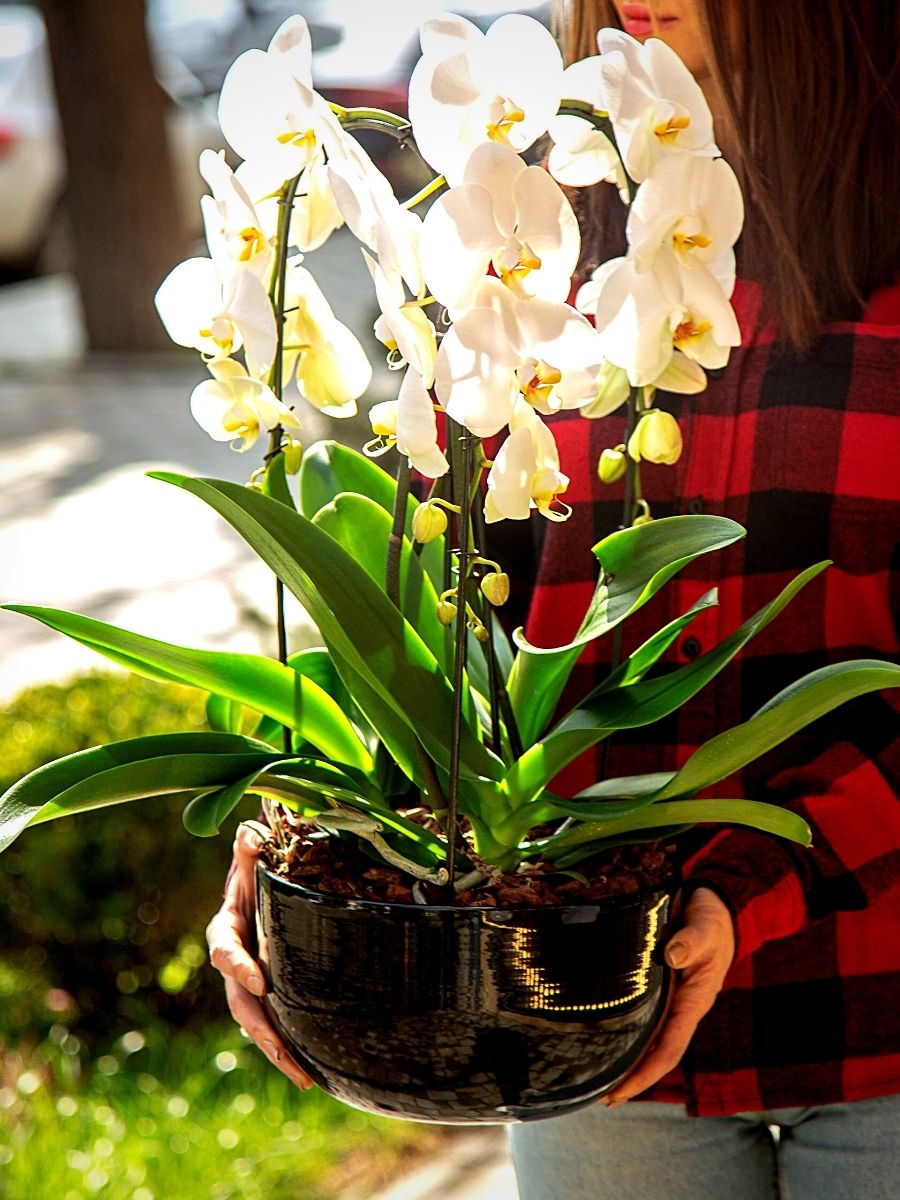
They add a sense of beauty, elegance, and tranquility to the festive season, mirroring the Japanese appreciation for calm beauty and aesthetics. In addition, Japan is known for its magnificent winter illuminations, in which orchids are often incorporated into striking light displays, creating unique Christmas floral arrangements that blend traditional Eastern aesthetics with Western holiday traditions, resulting in an enchanting ambiance.
7. Philippines: Simbang Gabi and the Vibrant Parol
In the Philippines, Simbang Gabi is a series of nine pre-dawn Masses held in the lead-up to Christmas. The tradition is also known as Misa de los Pastores, Misa de Gallo, or Mass of the Rooster because the masses are held at dawn when roosters crow. They are held from December 16 to December 24 and are often followed by a feast. While flowers are not a dominant part of the Simbang Gabi tradition, they are frequently used to decorate the churches where the masses are held. The Sampaguita is, for instance, a vital flower used.

Other commonly used flowers in Simbang Gabi celebrations include Poinsettias, roses, and lilies. The flowers are sometimes woven into garlands and leis and used as decorative elements, enhancing the festivities with beauty and fragrance. Devotees also offer garlands of jasmine to the Virgin Mary and use the flowers to create intricate decorations in the churches. Additionally, during this period, parole is widely used. These star-shaped lanterns are adorned with colorful paper and illuminated from within.
Still, in the Philippines, the celebration of the Ligligan Parul attracts large numbers of locals and visitors. The Ligligan Parul, also known as the Giant Lantern Festival, is often held in the city of San Fernando, Pampanga, just north of Manila. San Fernando is often considered the Christmas capital of the Philippines. This festival traces its origins to the 17th century, when local artisans began making elaborate lanterns to adorn their homes and churches during the holiday season.
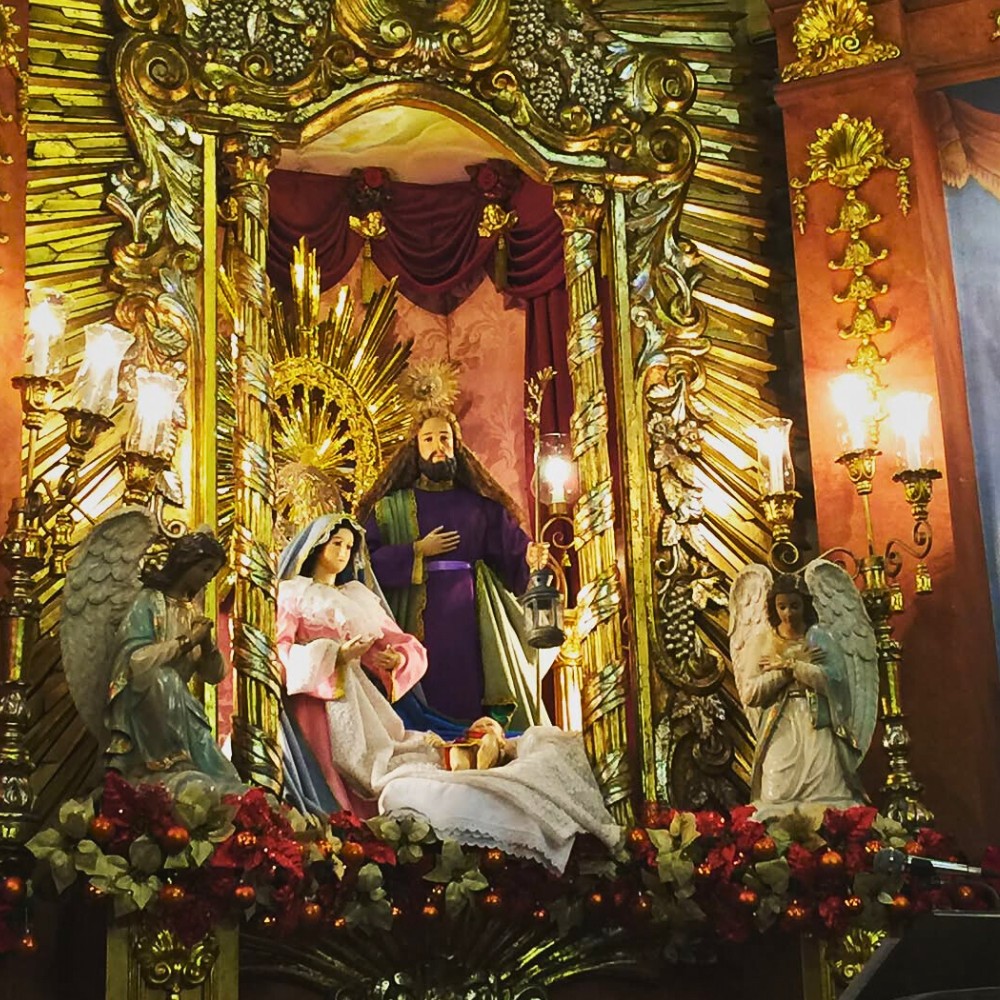
Ligligan Parul has, in recent years, developed into an impressive display of light, color, and community spirit. Neighborhoods compete to build the most elaborate and eye-catching lanterns, which can reach up to 20 feet in diameter and feature thousands of colorful bulbs that flicker and spin in fascinating patterns. The festival culminates in a grand celebration on the Saturday before Christmas Eve, during which the giant lanterns are paraded through the streets, their radiant glow illuminating the night.
8. Guatemala: The Carpets of Flowers
Often during festivities, including Christmas, in the town of Antigua, Guatemala, the streets come alive with flower carpets of vibrant colors and elaborate designs, in an age-old tradition to create alfombras (flower carpets) on the streets. During Christmas, for instance, the alfombras, which are then mostly made with Poinsettia petals, depict scenes important to the artists who create them. They are sometimes religious in nature and, at other times, focus on Mayan traditions, nature, and Guatemalan history.

Usually, these carpets are made using a variety of natural materials, including flowers, leaves, colored sawdust, and pine needles. Families and communities collaborate to create spectacular floral designs that, during the Christmas festivities, may depict religious symbols, such as scenes from the Nativity. These ephemeral masterworks are then trampled during religious processions, which could symbolize life's transience. The celebrations are held for other festivals, including Easter.
9. Australia: Native Floral Wreaths and Festive Bouquets
In Australia, where Christmas coincides with the height of summer, native plants and flowers are the highlight of the festivities. Australians embrace their unique flora by incorporating native flowers into Christmas wreaths and decorations with a summer aesthetic. Instead of traditional pine trees, Christmas floral arrangements and wreaths are commonly made from eucalyptus, Banksia, and kangaroo paw during the festivities.
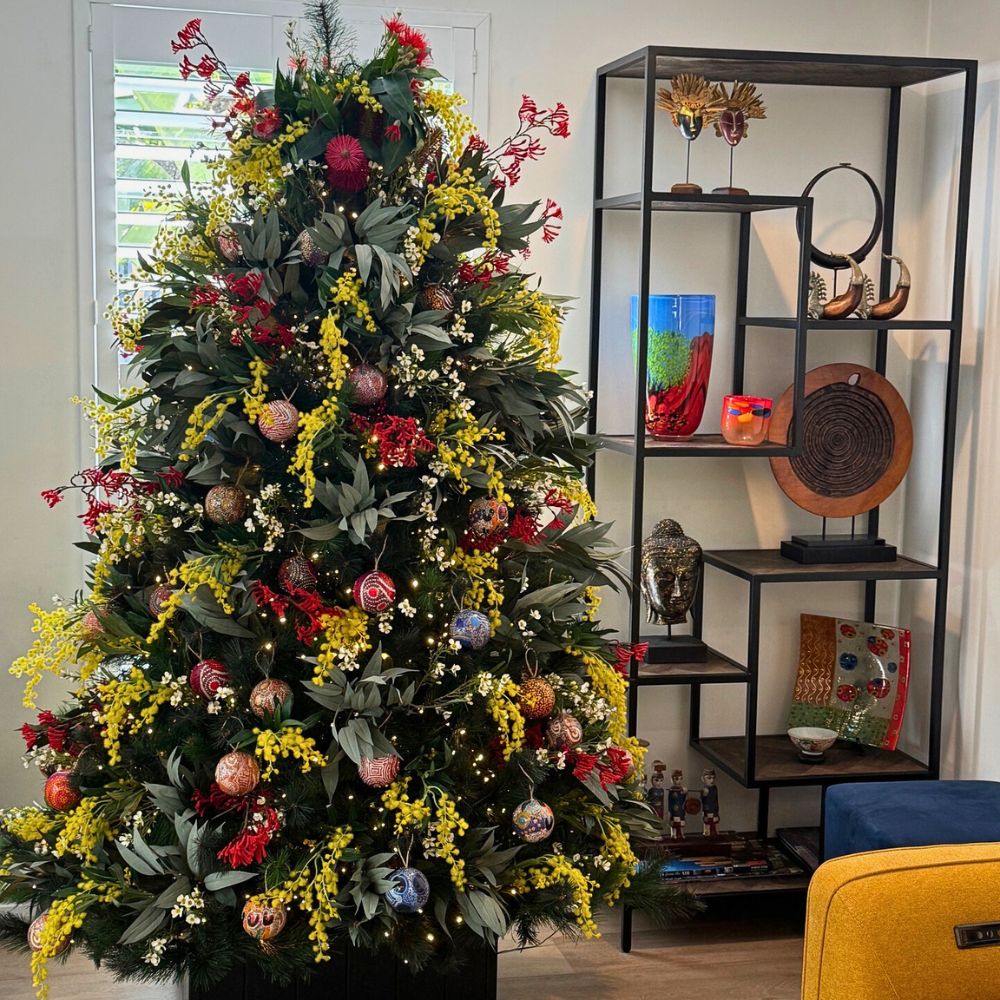
Such Christmas floral arrangements bring a distinct touch of Australian beauty to the holiday season. Festive bouquets featuring native flora like Waratahs and Christmas bush are also popular. They add a uniquely different pop of red and green to the festivities. These distinctive arrangements showcase how different climates inspire equally creative approaches to holiday décor.
10. Italy: La Befana, the Kind Witch Who Gifts Children
La Befana is a beloved figure in Italian folklore, celebrated on the night of January 5th (Epiphany Eve). This witch-like old woman, often depicted riding a broomstick, is said to deliver gifts to children in Italy, similar to Santa Claus. Legend has it that La Befana was approached by the Three Wise Men seeking directions to Bethlehem, but she declined to join them.
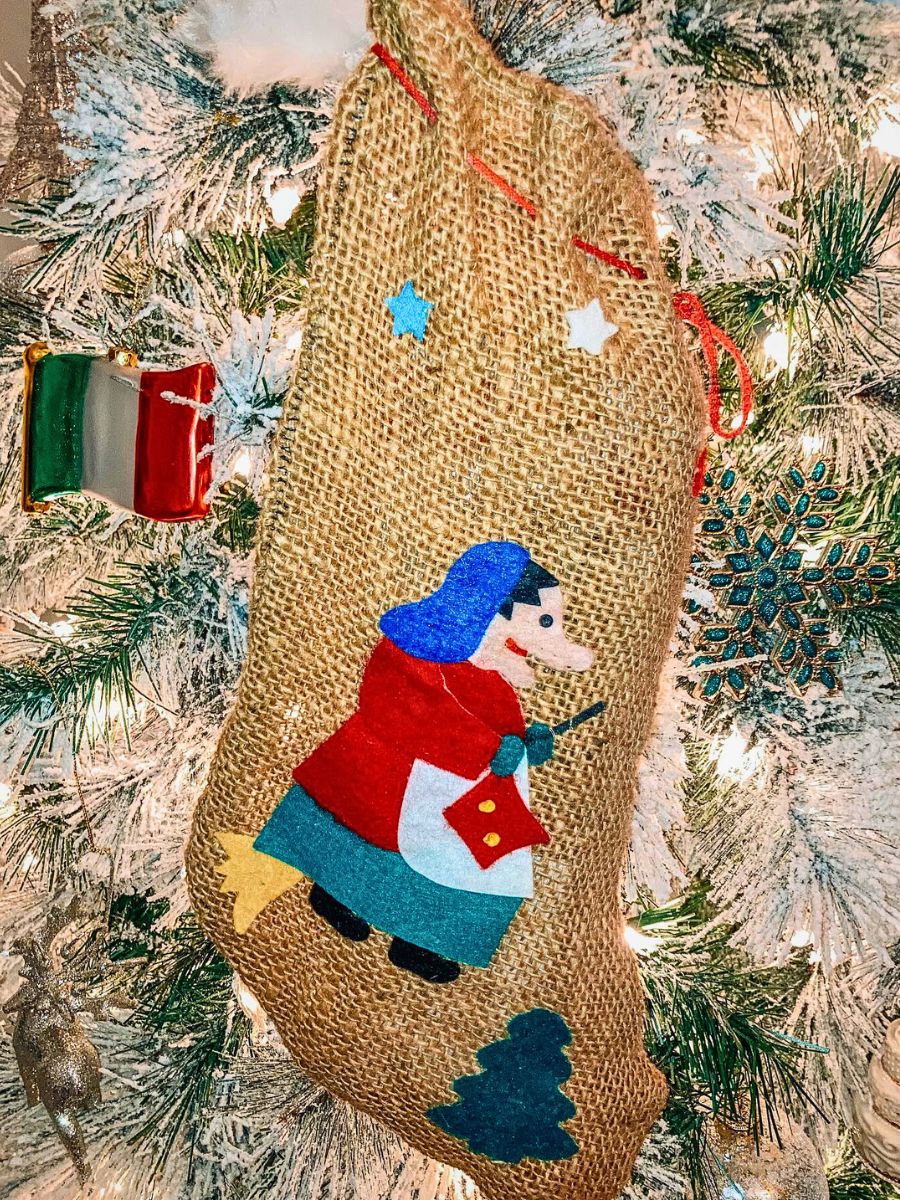
Later, she regretted her decision and began searching for the Christ Child, distributing gifts to children along the way. On Epiphany, children hang stockings by their chimneys or windows, hoping to find them filled with sweets and small presents. Those who have misbehaved might receive a lump of coal, typically made of black rock candy.
Families often leave out treats for La Befana, such as a glass of wine and traditional pastries like panettone. The origins of La Befana are also thought to be intertwined with ancient Roman customs and the goddess Strenia, who symbolizes good fortune. Over time, she has become a national icon, particularly celebrated in regions such as Marche and Lazio.
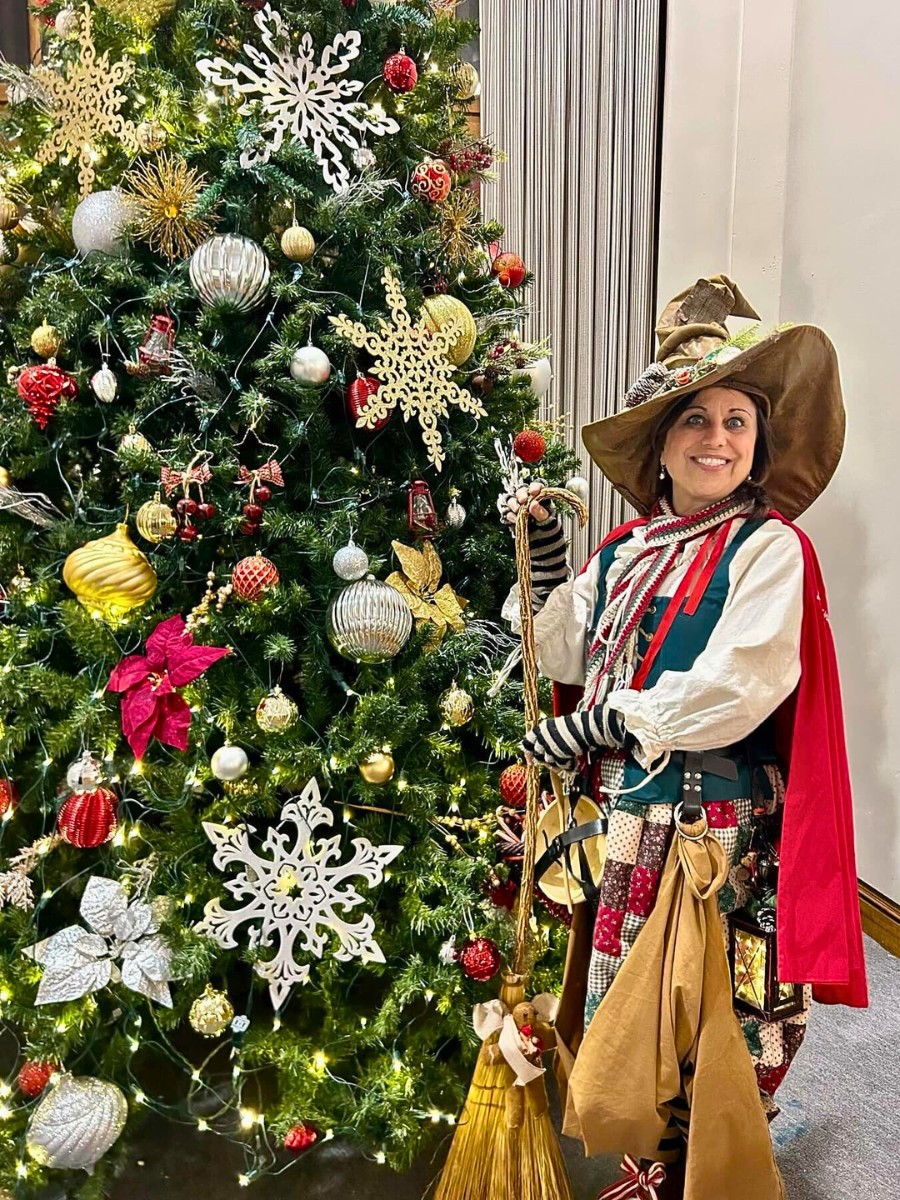
Urbania, in the Marche, is considered her official home and hosts a large festival that attracts thousands of visitors each year. La Befana's story and the rituals surrounding her visit mark the end of the Christmas season in Italy, emphasizing themes like generosity and redemption as families gather to celebrate together.
Traditions That Exemplify the Spirit of Christmas
Different cultures have their unique floral customs and traditions that exemplify the spirit of Christmas. To these cultures, the Christmas period and the flowers used in seasonal decorations are uniquely characteristic of specific symbolic meanings.
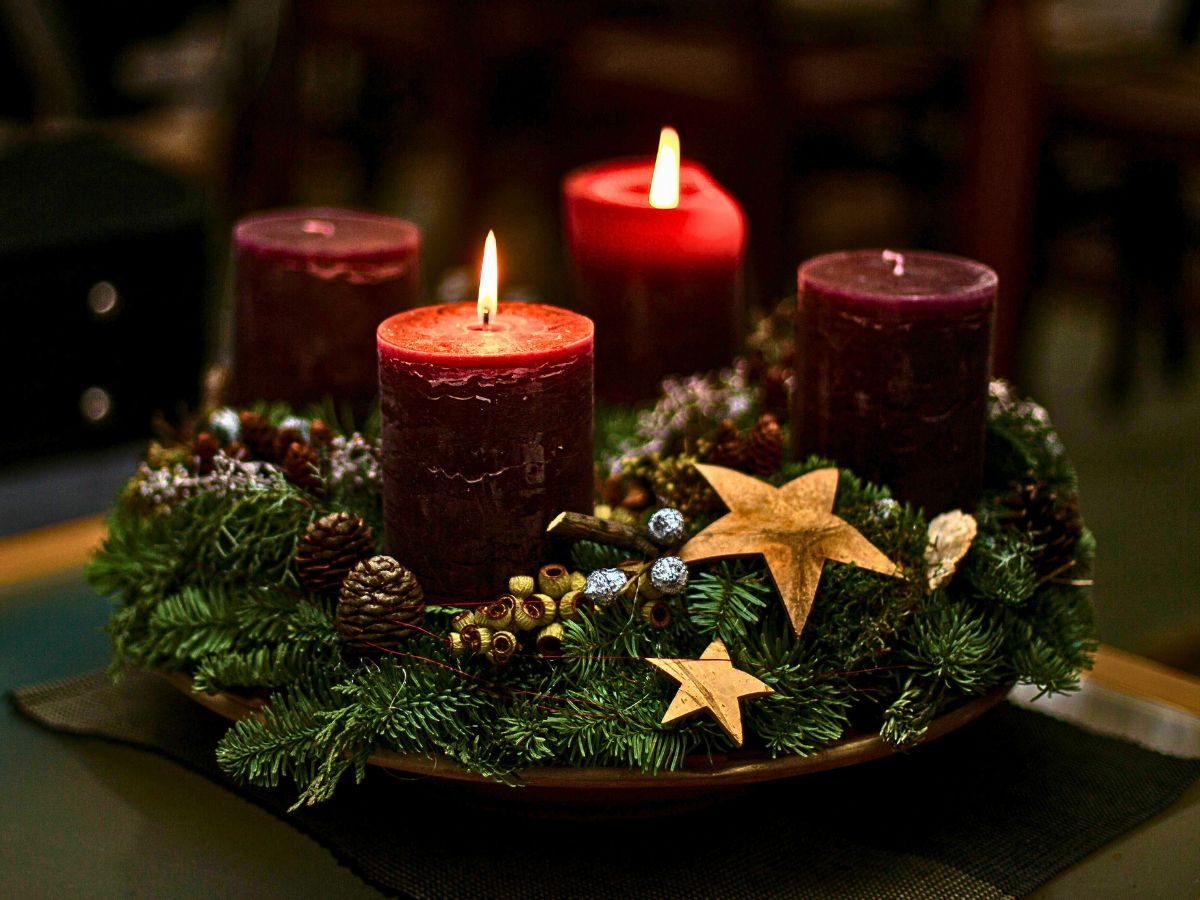
However, the true magic of Christmas lies not only in the flowers used and the floral displays but also in the love, compassion, warmth, cheer, and togetherness they represent, as well as in their influence on the overall festive season. Relevant Christmas floral arrangements also bring these global traditions into your home. So, which one do you fancy?
You may also be interested in learning about these iconic Christmas trees from around the world, or even these unusual and strange Christmas trees.
Feature image by Georg Manfred Heinlein. Header image by Waldemar Brandt.

